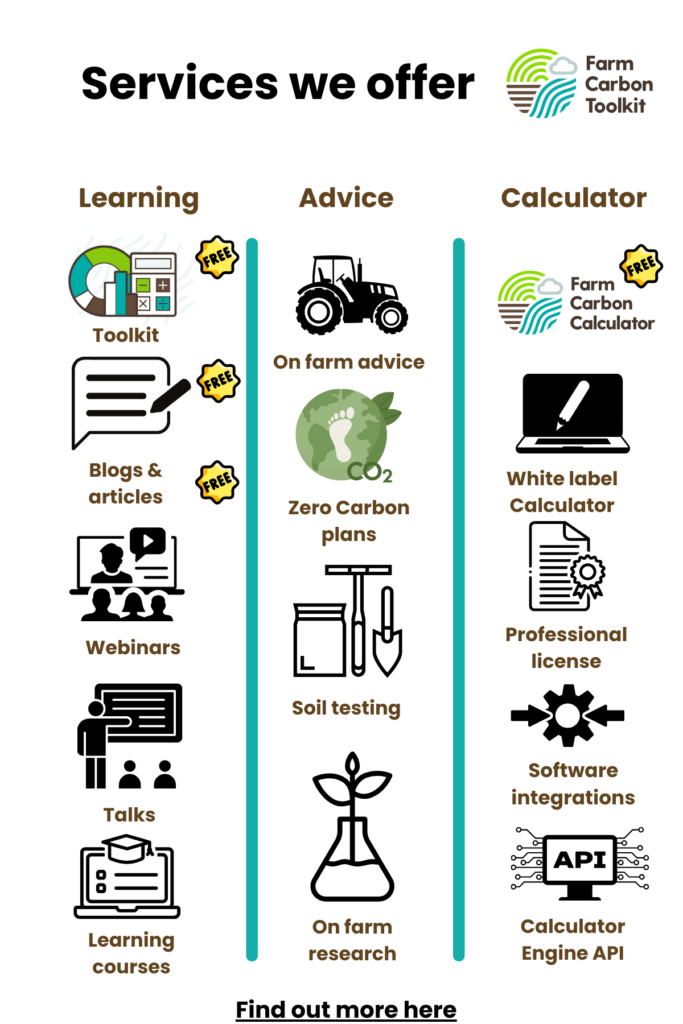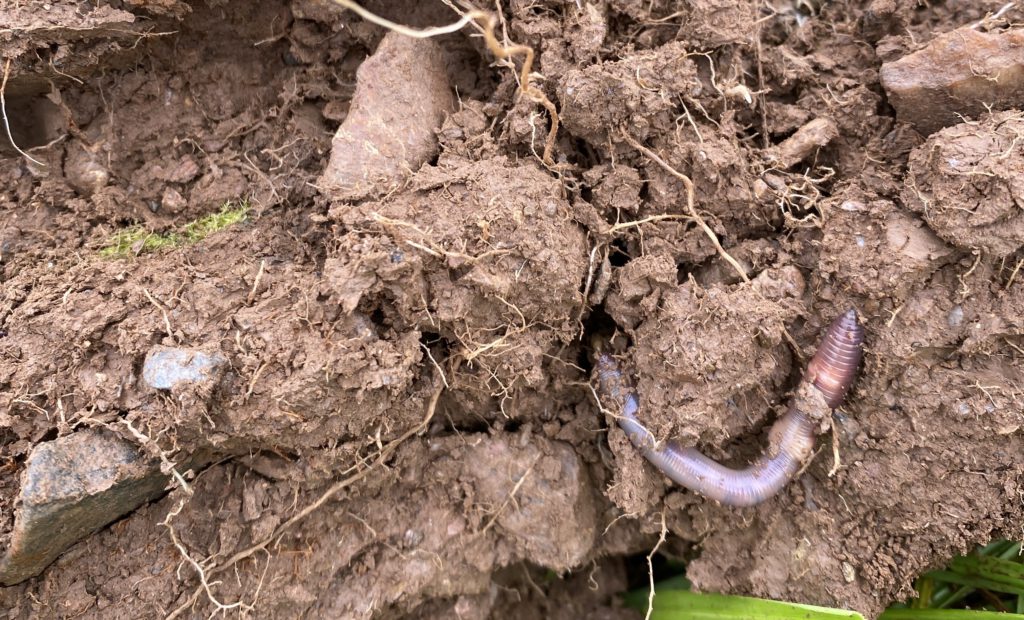
Third place in 2025’s Soil Farmer of the Year competition went to Andrew Mahon of Glebe Farm, who manages 800 hectares of heavy Hanslope clay in Bedfordshire. His focus on soil health has transformed the farm into a more profitable and less stressful business to run.
Adopting a ‘less is more’ approach
Andrew shares that the 2012 harvest was memorable for all the wrong reasons. “It was so wet the combine got stuck, yields were down, and quality was terrible. I remember thinking, we can’t keep farming like this,” he says.
At the time, the business relied on traditional methods, with a mix of ploughing and min-till. Influenced by returning Nuffield scholars promoting regenerative approaches, Andrew decided to change direction. In 2013, he sold conventional kit and bought a Mzuri strip-till drill, moving to a one-pass cultivation system.
Machinery restructures
After two years practicing strip drilling Andrew realised they were still moving too much soil, and were also growing cover crops by that point, so they switched to a zero till drill instead.
In 2019 there was another machinery restructure, this time downsizing tractors and changing to a Horizon drill, which was lighter than the drill they had previously. Lighter machinery brought cost savings with every cultivation, as diesel consumption reduced, lowering the overall cost of production.

Managing soil and biology
Improving soil function became the central goal. Andrew began producing Johnson SU compost in 2022 after training with soil ecologist Nicole Masters. The compost extract is applied at drilling through Horizon’s prototype pumps, supporting microbial life around the seed and improving early root establishment.
The farm’s rotation now blends cash crops and stewardship options, balancing profitability and soil protection. Around 75% of the area is entered into SFI and Countryside Stewardship, AB15, CNUM3, bird food, summer cover crops and winter cover crops.
The remaining 25% produces premium wheat and oats for Warburtons and Wildfarmed.
“We’re not interested in growing unprofitable crops for the sake of it. The stewardship options give us reliable income while protecting our soils,” says Andrew.
His cover crop mixes feature linseed, buckwheat, phacelia and legumes, sometimes with radish, mustard, or sunflowers added for diversity. In summer, Andrew adds C4 species such as sunflowers and sorghum, to maximise energy captured via photosynthesis. Black oats appear in some winter mixes to absorb nutrients and improve structure.
“I like the winter cover crops to gradually dies as the weather gets cold, so it thins out naturally before we get to drilling in spring,” he says.
Fields receive only one glyphosate application annually, applied pre-drilling with a carbon source to help protect microbial life.
Reducing inputs
Andrew has not sprayed any insecticides since 2015. He also now takes a less prophylactic approach to fungicides, only treating as needed. To do this, he is growing blends of wheat varieties to mitigate disease spread.
Nutrient management has shifted to smaller, more frequent applications focused on foliar nitrogen rather than granular fertiliser. This reduces free nitrates in plants and enhances efficiency. Soil analysis shows that phosphate and potassium levels are either stable or increasing, despite no applications of either in the last decade. Andrew attributes this to a functioning biological system within the soil, and the presence of buckwheat in the cover crops helping to make phosphates more available in the soil.
Overcoming challenges
Farming on heavy Hanslope clay soils brings its own challenges. The land’s high calcium and magnesium content helps in dry weather but causes compaction in prolonged rain. After a particularly wet 2024–25 season, cover crops struggled to establish. For the first time in over a decade, Andrew carried out targeted low-impact subsoiling to relieve compaction.
New field drainage was also installed across 50 hectares to improve resilience in future high-rainfall years.
Carbon and agroforestry innovation
Annual carbon audits show the farm sequesters between 1,400 and 5,000 tonnes of carbon each year, against an operational footprint of around 800 tonnes. Working with Ecometric, Andrew has already completed one carbon trade and has another planned.
Ecometric visit the farm to measure the soil carbon via soil testing, as well as using satellite imagery, enabling them to sell high end, verified credits. There is a 10-year commitment which ensures the carbon that is sequestered is kept in the soil.
“Surprisingly, the best carbon sequestration crop is the high yielding wheat crop, which makes sense when you think about it, as it pulls a lot of sunlight in,” says Andrew.
Agroforesty
The farm’s agroforestry project, developed with Dr Amelia Hood at Reading University, features walnut trees interplanted with nitrogen-fixing species such as autumn olive and alder. Research will monitor biodiversity and crop performance between rows. The first walnut harvest is expected within eight years of planting the trees.
Looking ahead
Andrew is intending to trial bringing mob grazing cows onto the farm, via a collaboration with a local grazier. This will diversify income while further supporting the soil health, fertility and nutrient cycling via the presence of ruminants on the land.
Although it is difficult to plan beyond SFI, Andrew expects to continue farming following the same principles of protecting the soil while growing high value cash crops for human consumption.
“The farm is now more profitable than it has ever been. Our cost of production has fallen sharply, and we run efficiently with just one full-time and one part-time employee, plus help at harvest, he says.
Just as importantly, farming now feels different to Andrew.
“Prioritising soil has made the whole business calmer. The team is happier, the fields are healthier, and I’m a lot less stressed.”






















Recent Comments